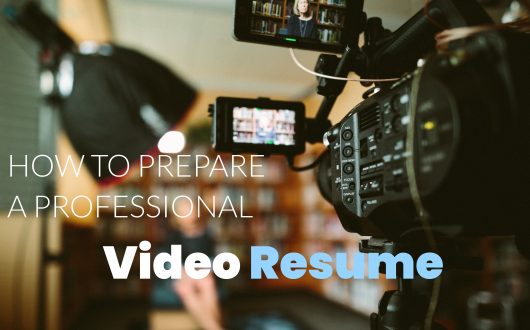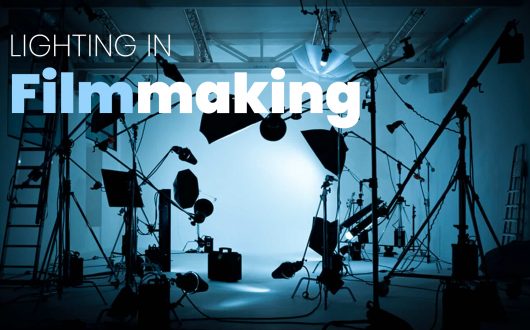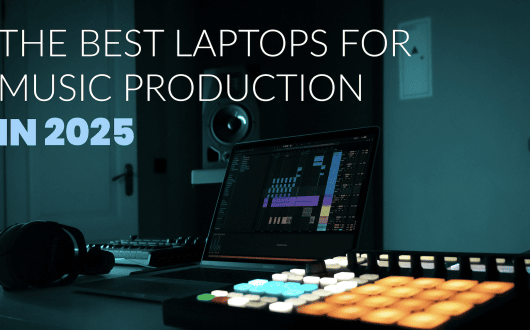
The Audio Buzz Blog
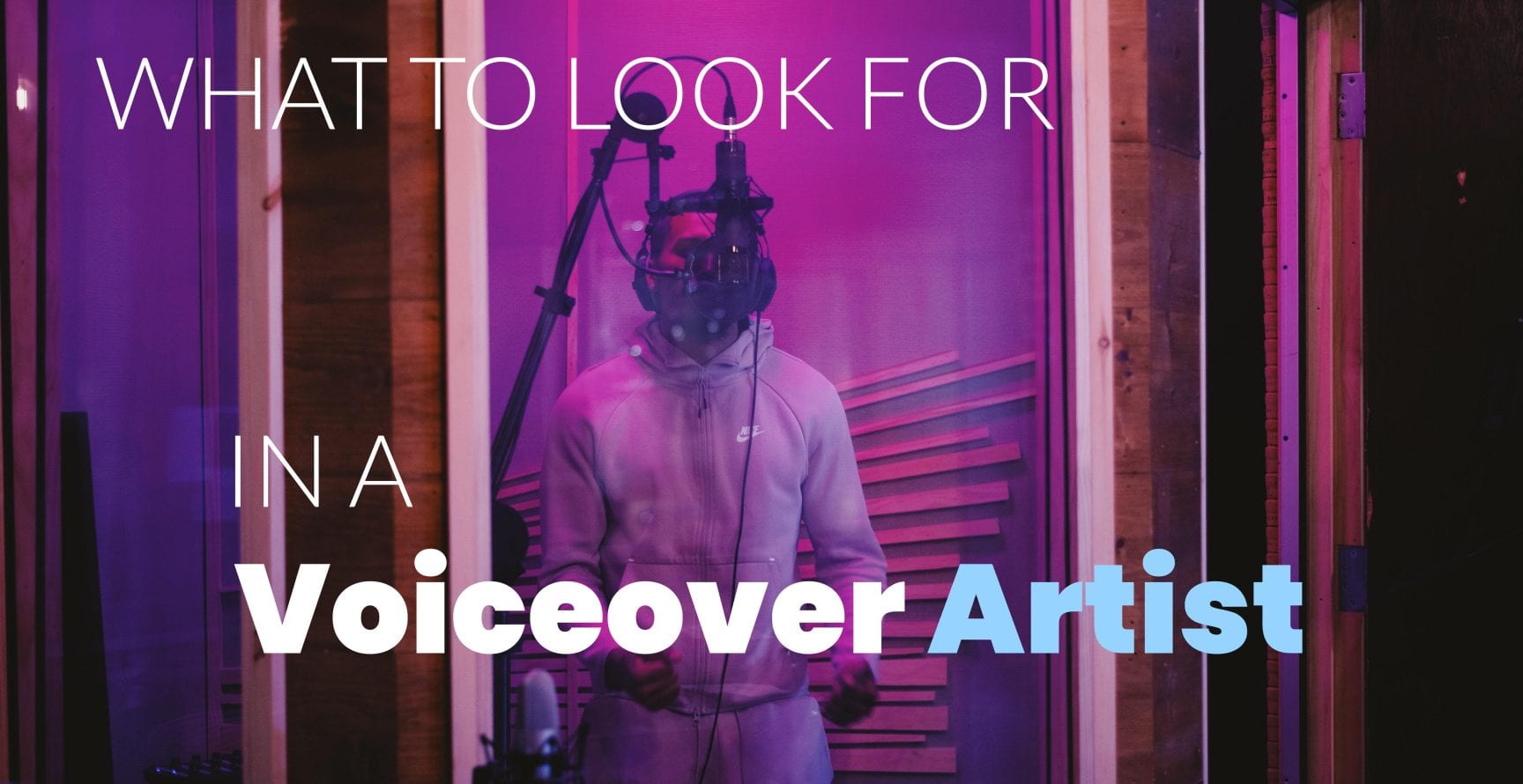
What to Look for in a Voiceover Artist
Voice acting is serious business. Now more than ever, a voiceover artist could make or break your project. If you need a voiceover artist, it’s not just about finding a good voice; it’s about finding the right voice. Sometimes, matching an artist to your project is easier said than done if you don’t know where to start. Voiceovers are needed for all sorts of content, from feature films to tutorials, to advertising. As much as we would love to tell you that finding the perfect music for your project is all that matters, we can’t. What we can do is provide you with awesome music and help you stay on track with everything else. So, let’s take a look at some of the qualities to look for in a great voiceover artist.
A Great Voice
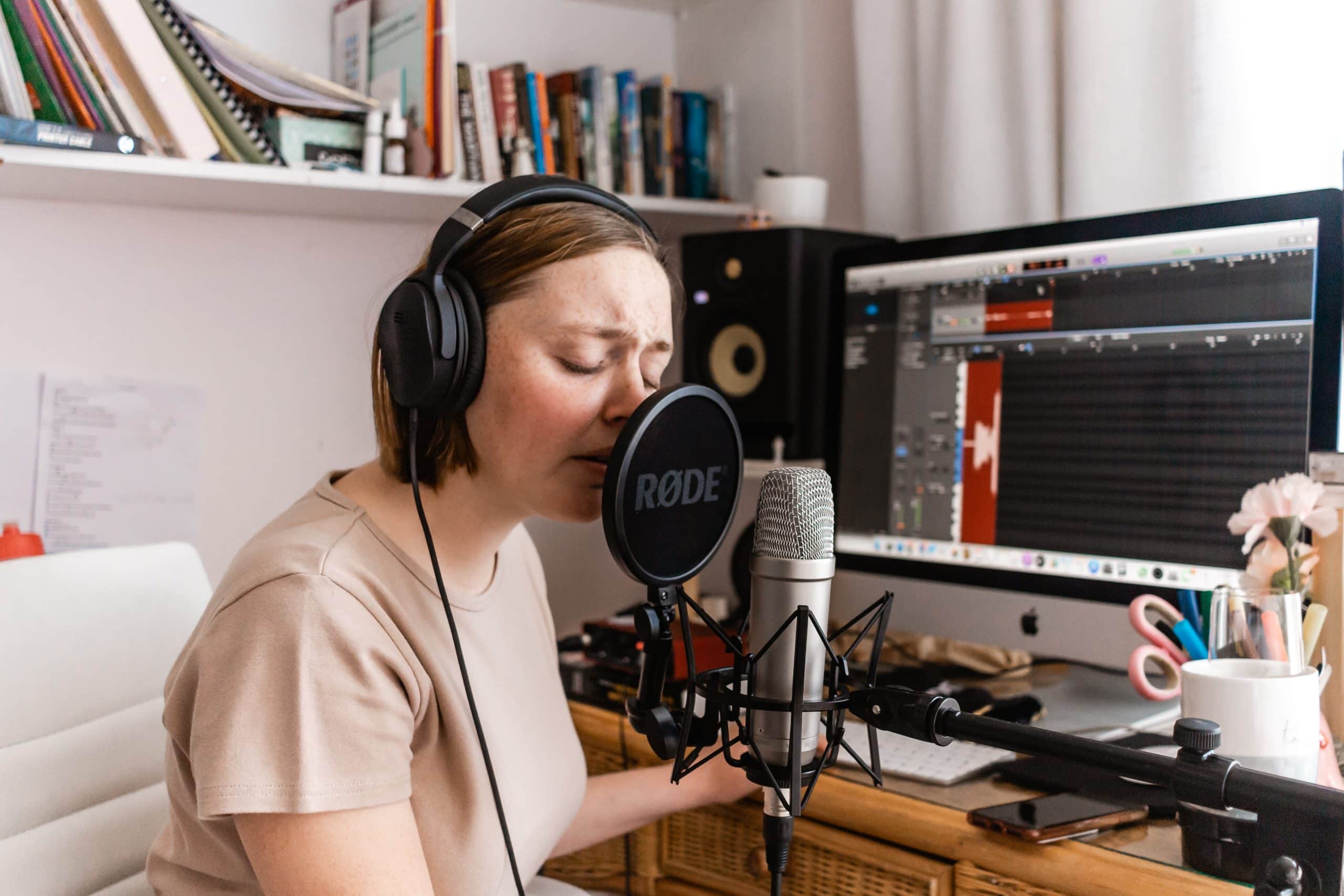
Photo by Sincerely Media on Unsplash
OK, admittedly, this quality is fairly obvious, but it still has to be listed.
If the voice doesn’t impress you, it’s unlikely to impress your audience. A great voice has to command your attention, get your interest.
That doesn’t mean that it has to be unusually distinctive; it just has to make you want to listen. For lack of a better explanation, you will know when you hear it.
The important thing to remember is that a great voice is just the starting point.
As we said, it’s about the right voice for your project, so here are a few considerations that will help you find it.
Start with the absolute basics.
Do you need a male or a female voice?
For a commercial advertising project, gender may be flexible, but it may be the case that one gender relates to your target audience more than the other.
Very often, advertisers opt for female voices when the target audience is female and a male voice actor for male audiences. It’s a sort of a rule of thumb, but it’s certainly not set in stone.
For character-based projects, it should be a more straightforward decision.
What age group do you need?
As with gender, age may be flexible to an extent for advertising, depending on how specific your audience is.
A voice actor playing a character needs to have a very flexible voice or be in the correct age group to sound convincing.
Up high or way down low?
The pitch of an actor’s voice doesn’t necessarily restrict them to a particular type of work.
But, when you start your project, you will probably have some idea in your head of how it should sound.
Pitch is one of the most identifiable aspects of the voice, so make sure it matches how you planned it in your head.
What is the Primary Emotion that you want the Audience to feel?
This question will be harder to answer for some projects than others.
The voice actor’s tone of voice will play a massive part in how the audience feels when watching.
Some emotion will come purely from the tone, and some will depend on how well the artist connects to the material; we will go into that more shortly.
Let’s start with some simple examples.
Let’s say you need a voiceover for a promotional video; chances are you will have a clear idea of how you’d like the audience to feel.
If you are working on a new promotional video, check out our excellent collection of corporate promotional music.
A toy campaign would want to make kids feel excited.
For that, you want the voiceover tone to be friendly, fun, enthusiastic, energetic, etc.
What you definitely don’t want is James Earl Jones talking about the latest fidget spinner type craze.
If you don’t know the name, he is the voice of Darth Vader.
Some people would argue that he would sound amazing talking about anything, and I’d be one of them, but his monotone (yet beautiful) voice just wouldn’t connect in this case.
Let’s take a different example, and think about a charity campaign.
If you want to promote a good cause, then you want people to feel empathetic, sympathetic, and inspired to take action.
In this case, the right voice must be sincere, engaging, subtle, and with conviction.
When we say subtle, it doesn’t mean quiet or lacking impact; it means not too forceful because you aren’t trying to sell a product; you want viewers to hear a real problem and not a sales pitch.
Similarly, with conviction means with a real passion for the cause, not for making a sale.
There are too many examples to list, but we took two that are at entirely different ends of the scale.
One almost has to be generic because it’s about creating excitement and energy more than connecting with the product/content.
The other absolutely can’t be generic, and a more genuine connection to the content is the key.
It gets more complicated for longer and more diverse projects, like an animated film or video game.
While on the topic of video games, it’s worth checking out the voice talent from Red Dead Redemption 2; one of the most painstakingly detailed story-based games ever made.
Characters progress through a storyline, and their surroundings and outlook can change dramatically.
The examples we covered above listed tonal qualities that quite obviously went together.
With longer storylines, you will probably need tonal qualities that are much further apart.
For example, if your main character is a tough guy from London, that image has to ring true, but he may also need to be convincingly self-conscious at some point, too.
To do that, you need a voice artist who can cover a wide range of tonal expression.
The best way to approach it is to identify the core aspect of the character’s personality.
Find artists who are perfect for the most important part, and work outwards from there.
If it’s a tough guy Londoner you need, start with Jason Statham and branch out. Don’t start with Adam Sandler and work your way back to the tough guy just because one scene needs a funny outlook
So, whether it’s a short advertisement or feature film, the one thing that remains the same is that you must identify the leading quality/tone/emotion before anything else.
Timing, Phrasing, and Target Words
When we speak, it’s natural; we don’t need to give timing or phrasing any thought.
The way we feel typically dictates how we speak, including timing, phrasing, and target words.
An actor reading from a script is a bit different, they aren’t speaking from the heart, and their delivery can make all the difference.
Timing is about coming in and out at the perfect moment.
Phrasing is how you connect each word to the next; the rhythm in your speech.
Target words are much like target notes in music; it’s where the emphasis falls most.
Look at this sentence delivered with two different target words.
Why are YOU doing that?
Why are you doing THAT?
The first one sounds like whatever’s being done should be done, just not by that person.
The second one sounds like whatever’s being done shouldn’t be done.
The same miscommunication can occur through pauses that are the wrong length or in the wrong place.
It’s common to hear people talk about comedic delivery, dramatic delivery, and so on.
Some voice actors will be better at one style than another, so make sure their strength fits your genre.
You should check out some big-screen masters of timing and phrasing, like Robert De Niro and Morgan Freeman.
But, since we are about the music, here’s a clip of the one and only Tony Bennet, a true master of the perfect delivery.
That was indeed some gratuitous crooning, but there’s always something to be learned by listening to the masters.
Sensible Pacing
Pacing is an extension of timing and everything that we just covered above.
If timing is your in and out points, then pacing is the bit in the middle that makes sure you land on each point at the right time.
It’s easy to confuse it with phrasing or assume that they are both the same because phrasing is rhythm.
Rhythm is independent of speed/tempo; it’s important to remember that.
If you have a two-minute video with 90 seconds worth of dialogue, you don’t want a voiceover that rushes most of it and is left with 60 seconds of video but only 20 seconds of dialogue.
Pacing must be on point, and consistent.
Consistency
You know that friend everyone has that does a perfect Robert De Niro impression, as long as they are saying, are you talkin’ to me?.
If they have to say a random phrase or sentence, the De Niro accent is suddenly gone.
(If you don’t, then maybe it’s you)
Well, that doesn’t cut it for a voiceover artist.
If they state that they can do a New York accent, it has to be a fluent accent, not one that fades in and out.
Consistency is authenticity, as far as your project is concerned.
When choosing a voiceover artist, pay attention to detail; listen to their examples from start to finish.
Don’t be sold on just a few words because they might be the only convincing words.
Clarity of Voice

Photo by Maksym Kaharlytskyi on Unsplash
Arguably, we could have put this right at the top of the list.
Before you can decide if a voice is good or bad, you have to be able to hear and understand it.
A common mistake of a bad voiceover artist is to interpret clarity as volume.
The problem is that not all projects/scenes call for yelling, but a good voiceover artist will understand dynamics.
Where it’s average conversation level, screaming, or whispering, the vocal has to be clear and perfectly audible.
Things like phrasing and tempo can also play havoc with clarity.
If the actor rushes a phrase, through bad taste or poor timing, the clarity suffers, no matter how silky smooth the voice is.
What you want to see in a good voice actor is good decision making.
That means knowing when to push and pull timing, and when to change dynamics.
A perfect delivery will often rely on subtle or extreme changes in dynamics at precisely the right time.
As a creator, you can’t write every last detail into a script; you can’t tell an actor to get 50% louder on the fourth word, etc.
It doesn’t work, and if it does, it will sound far too mechanical.
You have to trust the actor to interpret the delivery correctly based on your guidelines and decision making.
Solid decision making can make sure a clear voice stays a clear voice throughout.
Perfect Enunciation
A voiceover artist is nothing without perfect or close to perfect enunciation.
Most of us get tongue-tied at times or even take a lazy approach to certain words.
People often do it with numbers.
For example, instead of twenty-four, they drop the second T, and say something more like twenny-four.
Listen out for any problem areas when auditioning voice actors.
If you have any areas in your script that you think could be an issue, it might be a good idea to do a small test audition with selected text.
Check out some of the most difficult words to pronounce, and the usual suspects for problems.
Articulation
Someone who is naturally articulate will always be a strong candidate for a good voiceover artist.
Being articulate is sometimes confused with using bigger words and hoping that someone will then ask you to explain something; therefore, you are the smartest person in the room.
That’s not it at all.
Being articulate means delivering a clear message, not just a clear voice.
It’s also sometimes confused with being concise, and keeping it nice and short, that’s wrong, too.
You can be articulate in 10 words or 1000 words; it’s about delivering the clearest possible message, that’s all.
The creator will script most voiceover work, so you might think that guarantees perfect articulation.
What do you do when this happens.
Script – Showing this Friday, at a cinema near you!
Actor – Showing this uh Friday, at a umm cinema near you!
Someone who is naturally articulate is more likely to deliver the written word more articulately than those who aren’t.
Versatility and Range
Just like on-screen actors, voice actors have a range of talent that allow them to cover more areas, some more than others.
You could argue that being versatile is far more important to the actor than it is to the content creator.
At the end of the day, if a casting director wants an action hero for a kung-fu epic, do you think they care if the actor’s CV also includes tapdancing and beatboxing?
In the words of every made man in every mafia stereotype movie, f’get about it.
If you only need someone to do one thing, our advice is this, hire the person who is the best at that one thing.
However, if you need someone for a longer storyline with changing dynamics, as we mentioned earlier, versatility might be necessary.
Alternatively, if you want to find someone who will be your go-to voice for multiple projects covering different topics and emotions, then plan smart and plan ahead; find someone versatile.
Localized Knowledge
If a voice actor offers a specific accent, like a Jersey Shore accent, they should have some understanding of localized dialogue.
It’s easy to say all they have to do is read the script in a Jersey accent, but that’s not convincing enough.
They should be familiar with common local slang terms; that way, if it appears in the script, it won’t sound like it’s the first time they ever said it.
Experience

Photo by Jeremy Enns on Unsplash
Experience is something that you should consider but do so carefully.
In every industry, talented people are being told they don’t have enough experience to get hired, and they can’t get the experience they need without getting hired.
When we said to consider it carefully, we mean think about how valuable experience is to you.
Is it worth turning away the perfect person for the job because they don’t have enough experience?
Probably not, so never ever hire someone purely based on experience.
Now, even though we would like to put talent first whenever possible, experience does come with benefits.
Everything that we have covered so far, from timing to pacing to clarity and articulation, is all connected.
Poor pacing affects your timing, which forces bad phrasing, which leads to a lack of clarity/articulation and forget dynamics at this stage.
Experience breeds confidence and consistency in both performance level and decision making. In addition, and experienced talent will be able to get the job done quicker than a novice.
With so many small performance aspects that can domino out of control, there’s a reason we have mentioned good decision making multiple times.
Whether you go for experience, raw talent, or a mix of both, do your homework and make sure all bases are covered.
Conclusion
Making any creative choice is so subjective, and that’s okay, but you need to know when to choose for yourself and when to choose for your audience.
It’s really all about the audience, the potential customers/clients in a shorter promotional video.
With a longer storyline, you have more opportunity to inject your own personality and choose a voice actor who you feel relates to you and your story more.
Either way, if you want a great voiceover artist, our checklist will keep you on the right path.
Finally, it wouldn’t be right if we didn’t remind you that you most likely need some music to go with your voiceover.
Head over to our library of incredible royalty-free music, and don’t forget about our exclusive video preview tool.






